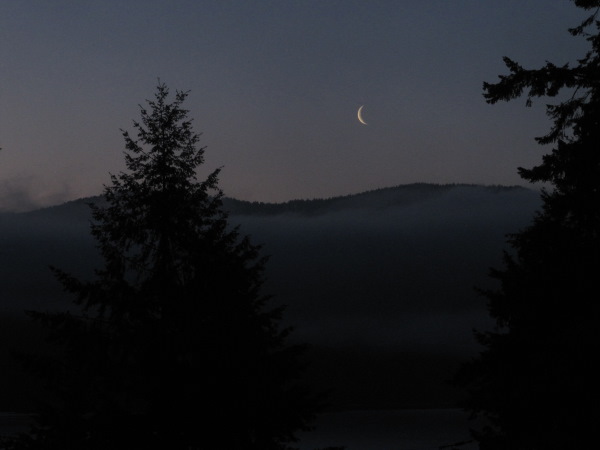
We have it on forensic authority that the ache in your heart
can be filled with sunlight; the gnawing doubt about acceptance
can be traced to the doorstep of your Grade two teacher;
and your nail-biting habit, when tested against a forest walk,
in combination with wren song, can be overcome.
Mind you, we’re in the early going and there’s much about your
internal map and pre-cellular structure that remains unexamined,
and in the interest of scientific and intellectual honesty,
we want to inform you that a substantial percentage,
of what at this locus we’ll call, your crux, may finally elude us.
You might, however, take comfort to know we’ve discarded the old model
(frankly a bust). Replacing the reams of once resolute thought — to wit:
the soul is individually and painstakingly crafted, packaged
and housed by an Almighty Being; awaits embryonic enjoinment
and arrives with an original flaw — will be, as our researchers
have exhausted themselves to illuminate, an alternative and more radical
understanding; far more fluid and too susceptible yet to observational influence
to posit a full theorem, but holding potential in its vast layered Wonder,
evident Mystery, if you will, of an open partnership in an unfolding creation.
Most surprising are the substrings of information coming back from
experiments done on the ventromedial root of your animating essence.
And on this, dear subject, if you’ll allow, may I, on behalf of our team,
tell you what an honour it is to be born on earth and take our place here
with you: the kindness, the radiant selflessness, the joyous compassion,
peace-loving wisdom and plain goodness that lies latent within,
is nothing short of what we in the lab call, Nobel-worthy.
The only thing that remains, for the trial, is your cooperation
in embracing that latency, then (the imperative) continually giving it away.
The apparatus we’ve developed, while immensely complex,
may yet be too crude to detect the emergent gleam of presence, of being
of true-soul, yet, our methods stand, as you may be privy to see,
on a hard-won hypothesis, effulgent with promise.

I am speechless! I need to re-read this about 10 times as there is so much in this piece to wonder about.
Diane, you are truly kind. Thank you so much for reading!
In this poem you have expressed beautifully what Rupert Ross became aware of in his practice as a prosecutor appointed to a Northern Ontario community. His practice involved communicating with the elders who came to trust him. This communication eventually led him to become aware of the significant differences in attitudes about the nature of the human being as these differences relate to how to treat crime. The basic Indigenous assumption was what he identified, in Dancing With A Ghost, as humans being born with what he termed “original sanctity” as opposed to the original sin assumptions imported by immigrant missionaries. In a follow up book, Returning to the Teachings, he records his experience in Appling these understandings to The Healing Circle in a Northern community in dire social need.
These differences in assumptions can be compared:
Indigenous persons assume the person who harmed the community is basically malleable and able to learn with community support, while
the Missionary Immigrant assumption is that humans are born evil needing to be punished for community harm and separated from
community.
The Potlatch People in Western BC awarded prestige to persons who could give the most to the community, and in doing so become dependent on the community. This (sermon on the mount) prestige encouraged industry for the purpose of being able to give! The Missionaries viewed the giving ceremonies as laced with evil paganism and basically wasteful, requiring them, with government help, to save for personal benefit. It is not surprising when the Missionaries “converted” the Potlatch People that stealing and violence occurred among them.
Disappointed Mennonite Missionary in the process of being deconverted, Ray
Ray, you’ve poured a wonderful and insightful personal perspective into this minor piece. Thank you for reading deeply and sharing your wealth of thought and experience!
Steve, I too needed to re-read this again, as did Diane. And I appreciated Ray’s reference to Rupert Ross. I had quoted Ross in an article that I wrote about “original sin” not being the original thing, but rather original goodness, the echo of which continues to reverberate, should we take the time to listen.
This morning, I also read a section in a book by James Beck. “The human person in theology and psychology,” and your piece has provided further grist for reflection on that content.
May I ask for permission to use your poem in the next course I’ll be teaching, in which I have a significant section on the meaning of being created “in the image of God.”
Keep writing the good stuff!
Thanks Sam! As for using the poem in your course, I’d be honoured.